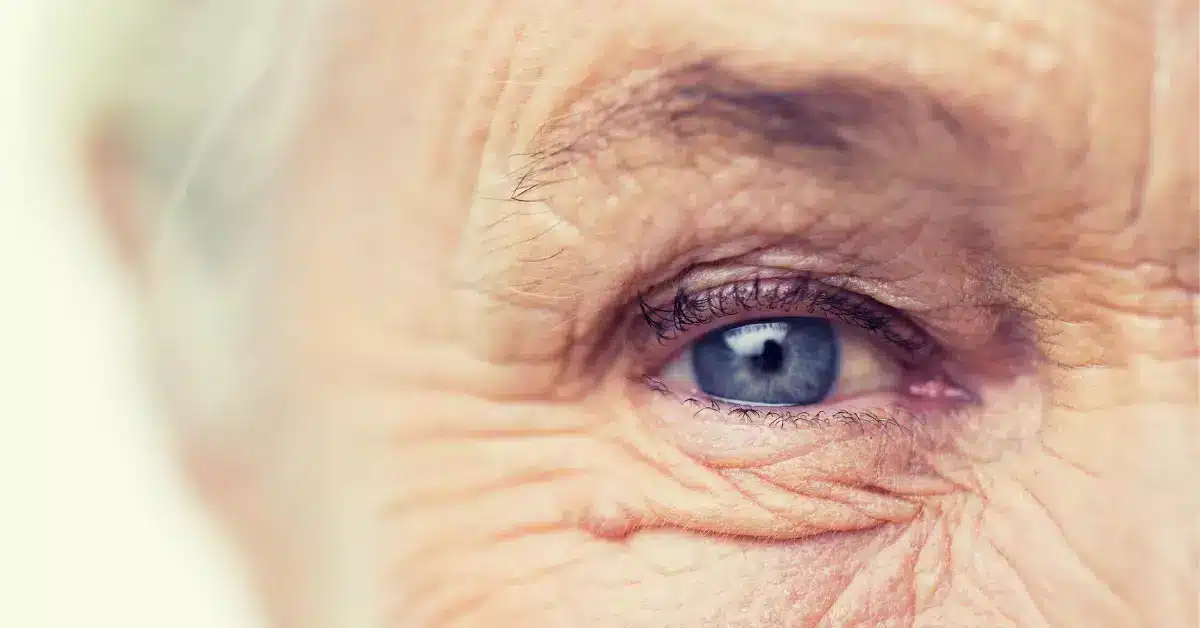Congenital Cataracts: Know the Triggers
A Congenital Cataract is an uncommon birth condition of the eye that can result in impaired vision or total blindness.
Congenital Cataracts occur when the eye’s lens is clouded rather than transparent. Cataracts can affect either one or both eyes of a baby.
Treating Congenital Cataracts as soon as possible is crucial for your baby’s health and development.
Surgical procedures and specialized eye care can prevent vision loss. It can also promote healthy eye development in infants.
Congenital Cataracts are responsible for 5% to 20% of blindness among children worldwide.
The evidence of these statistics varies according to the country.
Now let’s understand the triggers that lead to Congenital Cataracts.
What are Congenital Cataracts
Congenital cataracts are disabilities of the eye that you have since birth.
These defects are structural changes at birth that can affect almost any body part.
They can affect how the body works, looks, or both. Congenital disabilities can cause problems in health.
The lens is the tissue within the eye that focuses light entering the eye. Congenital Cataracts can occur in either eye.
If Congenital Cataracts aren’t treated early, they can cause vision problems or blindness.
There are two types of Congenital Cataracts:
Syndromic
This is when congenital cataracts occur with other congenital disabilities or health conditions happen.
For example, there is a possibility that babies with Congenital Cataracts also have Down Syndrome.
It is a genetic condition that combines congenital disabilities, like intellectual and developmental disabilities, specific facial features, heart defects, and hearing and vision issues.
Non-syndromic
When a baby is born with one condition, Congenital Cataracts, it is known as non-syndromic.
Although Congenital Cataracts are rare in babies, cataracts can happen at any stage of life.
They are more prevalent among persons 50 and older. Cataracts are the most significant cause of visual loss in the United States.
Congenital cataracts causes

The causes of Congenital Cataracts are idiopathic.
This area needs more research, but some reasons may include the following:
Changes in chromosomes or genes
Some babies have congenital disabilities because of changes in their genes (also called mutations) or changes in their chromosomes.
Genes are cell component that stores instructions for the functioning of your body.
Parents transmit their genes to their children. Gene storage structures are chromosomes.
Hypoglycemia during pregnancy
When your blood sugar levels (glucose levels) fall too low due to diabetes, the situation goes out of your control.
There is a high chance for you to develop Hypoglycemia.
Diabetes is a medical condition characterized by high blood sugar levels.
This can harm your organs, such as your blood vessels, nerves, eyes, and kidneys.
If you have diabetes, consult your healthcare provider to manage your condition during pregnancy.
Injury during pregnancy
A baby may develop congenital cataracts if the eyes of the fetus are injured by physical trauma during pregnancy.
A pregnant woman may experience physical trauma due to an automobile accident, a sudden fall, or intimate partner violence (IPV).
IPV includes physical violence, sexual violence, stalking, and psychological trauma perpetrated by a current or former intimate partner.
An abusive partner may attempt to harm a pregnant woman’s body.
Premature babies
If a baby is delivered before 37 weeks of pregnancy, it is known as premature birth.
Babies born in this situation have more health problems than those born usually.
There is a chance that these babies will be under a doctor’s supervision for longer.
Infection during pregnancy
Throughout pregnancy, you can transmit infections that might cause birth abnormalities and other health issues in your kid.
Certain infections during pregnancy may raise your child’s chance of congenital cataracts and other health issues.
Herpes virus infection
A group of viruses that can lead to different infections is known as Herpes.
Once caught with a herpes virus, it stays in your system throughout your life.
Herpes viruses that can be associated with congenital cataracts include

Chickenpox (Varicella)
This infection causes rash, itchy skin, fever, and blisters. It’s a common infection that spreads quickly among children.
Cytomegalovirus (CMV)
This common infection spreads through body fluids, like urine and saliva. There are people with CVM who don’t have any symptoms.
Genital Herpes
This is a sexually transmitted infection (STI).
Genital Herpes occurs if you have unprotected sex or through direct contact with an infected person’s Herpes sore.
Also read: To know more about Herpes that affects the eyes, read our article Ocular Herpes: A Comprehensive Guide.
Conclusion
Congenital Cataracts are a condition that is rare and is found mostly in babies. Numerous causes lead to this situation.
The most significant cause of the same is lack of care during pregnancy.
Frequent appointments with a pediatric ophthalmologist are necessary. It helps to detect issues and ensure your child’s eyesight develops well.
Frequently Asked Questions
WowRx uses only high-quality sources while writing our articles. Please read our content information policy to know more about how we keep our content reliable and trustworthy.






